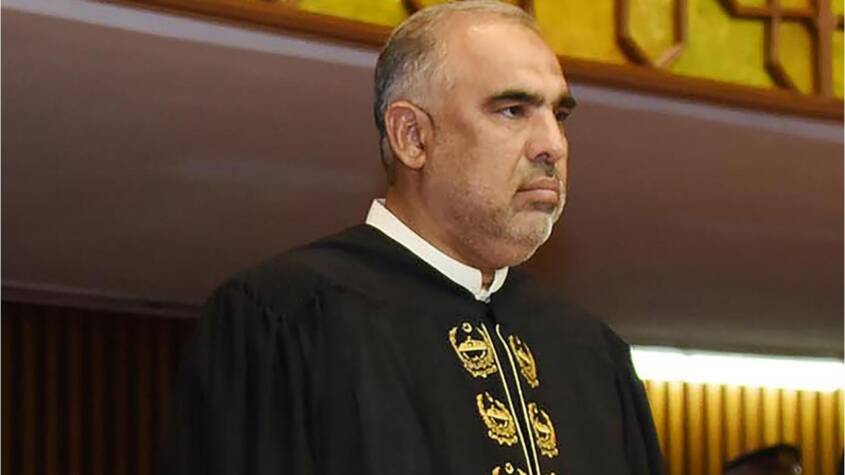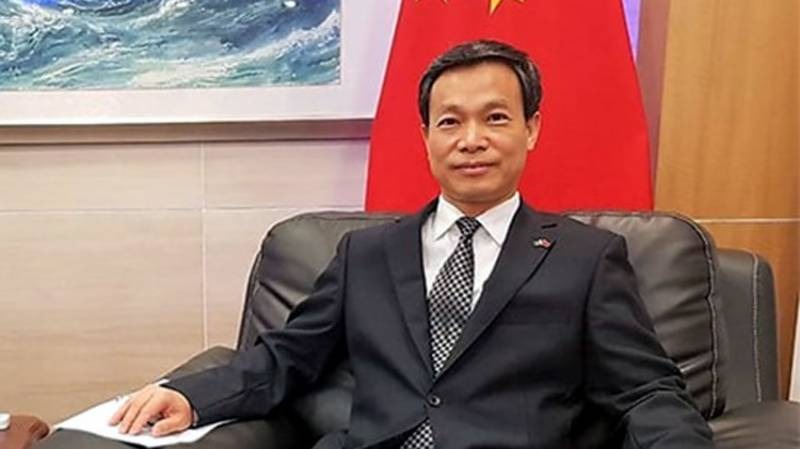China unveils battery swap plan for electric trucks in efforts to meet its broader goals of carbo neutrality,
China has unveiled a new battery-swapping system for heavy-duty trucks, aiming to electrify half of the sector within three years. This move is part of its broader efforts to decarbonize freight transport.
The launch was organized jointly by the China Communications and Transportation Association and battery manufacturer CATL in Datong, Shanxi Province. The initiative focuses on reducing logistics costs while contributing to China’s carbon neutrality ambitions.
At the event, CATL introduced its #75 standardized battery and a comprehensive chassis-based swapping solution. The system boasts the lowest lifecycle cost per tonne-kilometer and top-tier safety. CATL estimates that trucks using this solution can save 0.62 yuan (about 8.6 U.S. cents) per kilometer compared to diesel models, amounting to annual savings of over 60,000 yuan for high-mileage users.
CATL’s approach decouples the battery from the vehicle, lowering research and development expenses for manufacturers and purchase costs for buyers. The #75 battery supports flexible configurations and conforms to standardized battery-swap requirements, said Yang Jun, CATL’s general manager for the swapping division.
The company plans to build a nationwide “Eight Horizontal and Ten Vertical” network of battery-swapping stations by 2030. This infrastructure will span 150,000 kilometers of major roads and is expected to serve 80% of trunk freight transport. By 2025, 300 stations will be set up in strategic regions such as Beijing-Tianjin-Hebei, the Yangtze River Delta, and the Greater Bay Area.
CATL’s founder and chairman Robin Zeng predicted rapid electrification of heavy-duty trucks under pressures of carbon targets and cost efficiency, projecting 50% adoption within three years. The company has teamed up with over 10 automakers to launch more than 30 truck models using chassis-based swapping.
Ministry of Transport official Guan Zhao promised policy support for merging energy and transport systems, while academician Sun Fengchun from the Chinese Academy of Engineering backed the chassis-based model as the optimal route for heavy truck electrification and integration with energy networks.
Research institutes under the Ministry of Transport will work with industry stakeholders to promote standardization and refine policies. CATL also plans to collaborate with transport planners, energy suppliers, and provincial highway operators to roll out swapping stations along major roads, accelerating large-scale adoption of the technology in freight logistics.
Related Posts

















